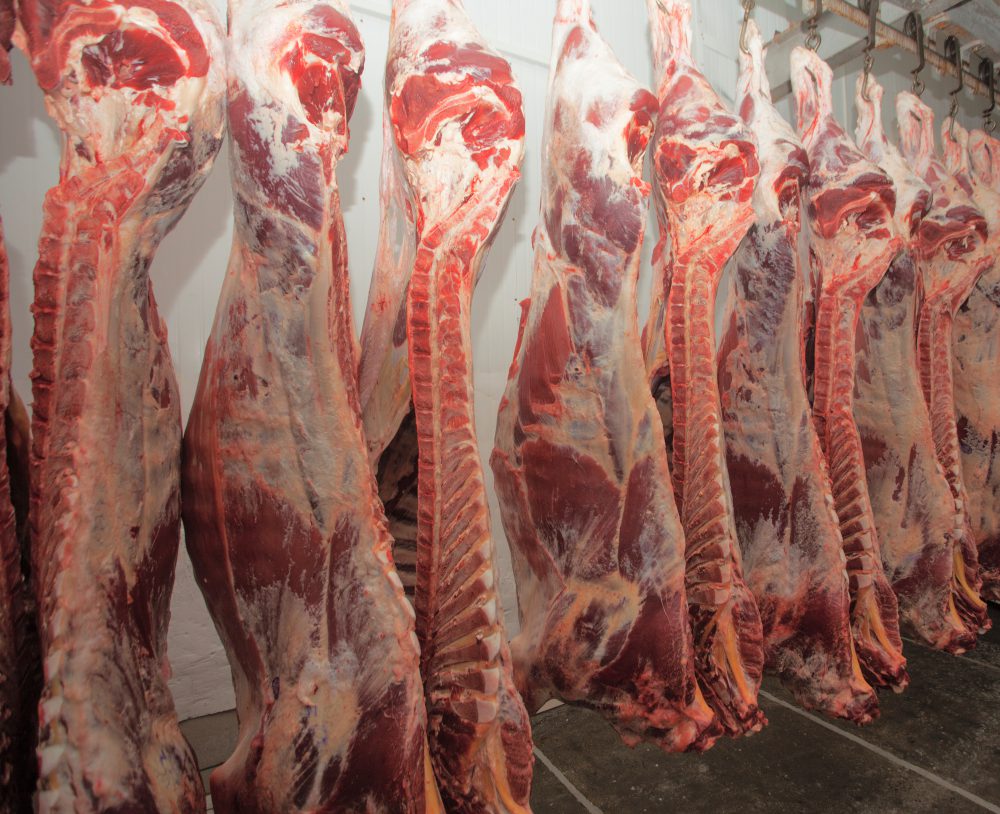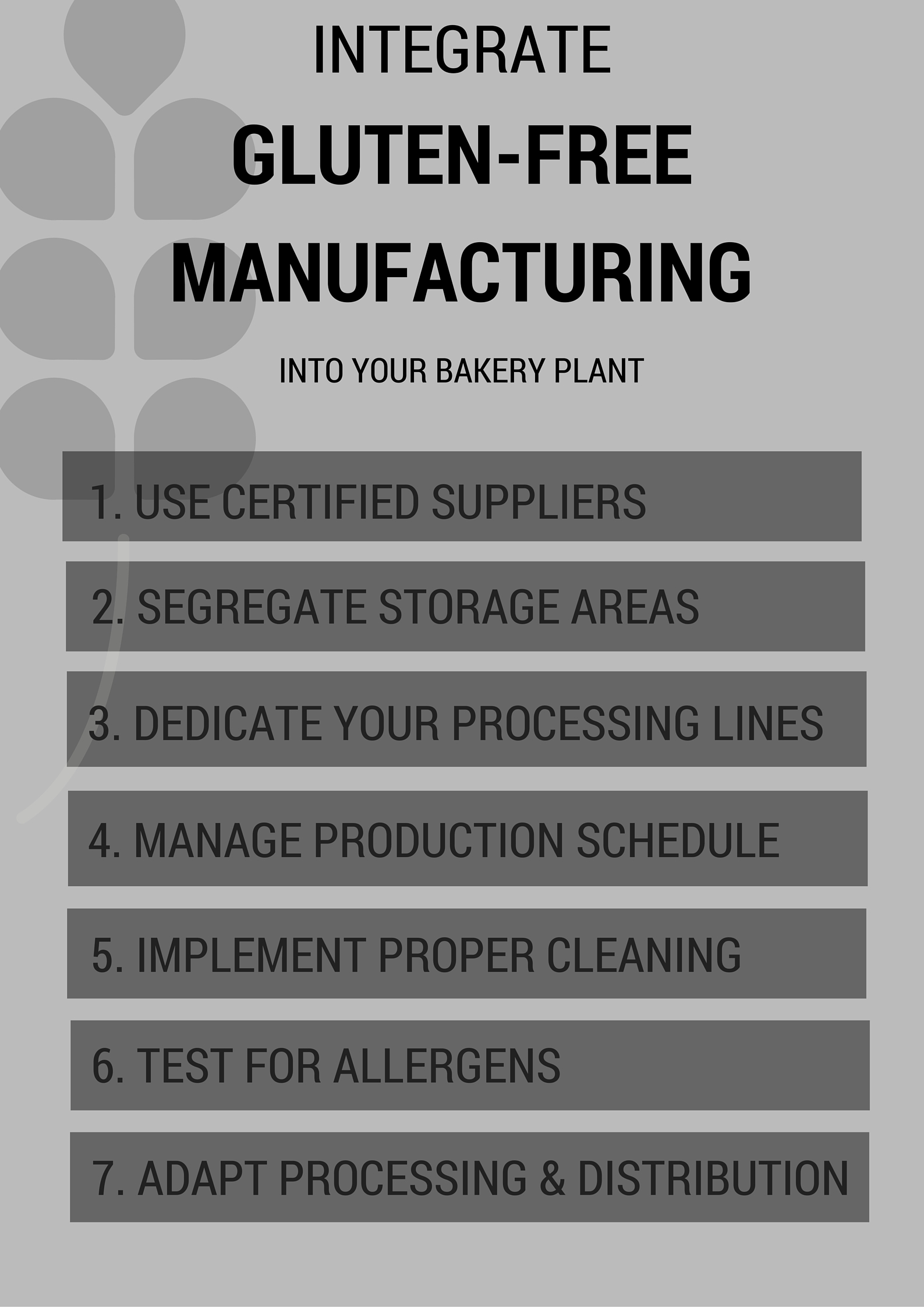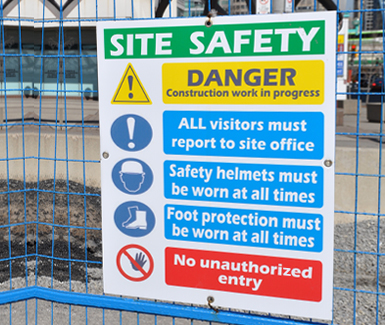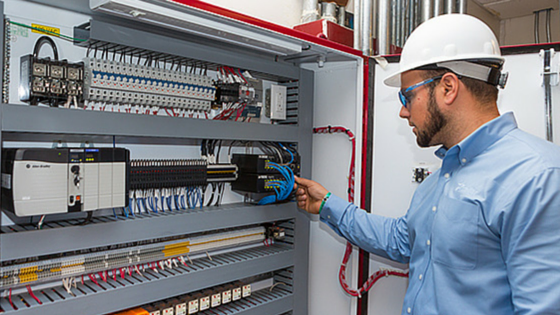6 Food Safety Areas to Examine During Operational Facility Improvements
Many food plants operate 24 hours a day, seven days a week, in some capacity. Without proper planning, quality control, good manufacturing practices (GMP) and sanitation procedures, an around-the-clock operation is a high-risk candidate for food safety dangers. In this type of environment, how are essential retrofits and renovations accomplished without compromising daily operations, food safety and personnel safety?
Continue Reading “6 Food Safety Areas to Examine During Operational Facility Improvements”











